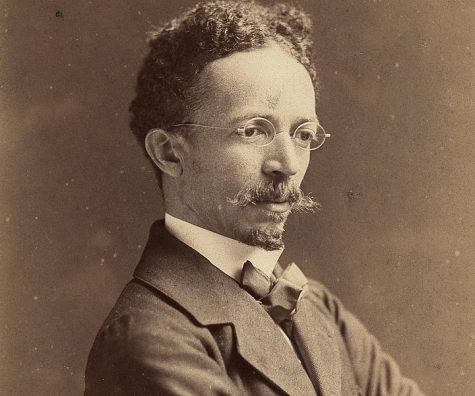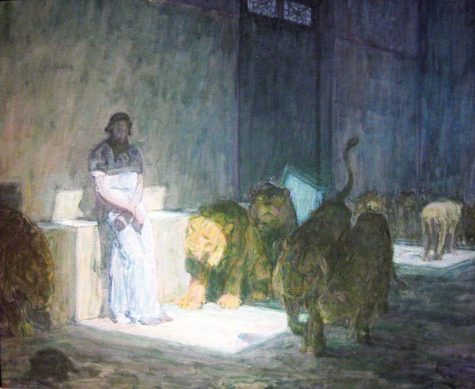The Legacy of Henry Ossawa Tanner
March 6, 2023

Henry Ossawa Tanner was an African American artist who garnered international acclaim for his works; however he had to work hard to overcome the discrimination and oppression that filled his life. Ossawa’s mother was even born into an enslaved family and had to escape herself. Clearly, they were living in a world that was against them at the time, so Henry Ossawa Tanner’s feat, only a few years after the abolition of slavery, is more than an impressive accomplishment.
Henry Ossawa Tanner was born 1959 in Pittsburgh and was the eldest of four other children. His family settled in Philadelphia in 1868. In 1879 Tanner enrolled at the Pennsylvania Academy of the Fine Arts. Tanner then went to Paris in 1891 to study at the Académie Julian. Here, he started to form his art around his racial identity. His first public work of literature that would resemble his more recent art would be a paper titled “The American Negro in Art.” It was delivered at the World’s Congress on Africa in Ohio and was the first sign of Ossawa publicly discussing racial identity through a form of art and what was to come (National Gallery Of Art).

In 1894, Henry Ossawa Tanner returned to Paris. A little while after, one of Tanner’s paintings was accepted to be hung at a salon. After this, though, Ossawa wouldn’t go back to exploring racial identity. Instead he focused on Biblical paintings, which would be what he was best known for later on. This suddenly garnered an increased amount of attention towards Ossawa’s work. Museums were buying his paintings of Biblical figures and scenarios at a much more frequent rate. Ossawa took trips to the Middle East around this time in order to familiarize himself with the content he was creating. This allowed him to use even more details in his paintings, which eventually led to one of his paintings, “Resurrection of Lazarus,” to be bought by the French Government to hang in the Luxembourg Gallery in 1897. Then after marrying his wife Macaulay Olssen in 1899, he was commissioned by Booker T. Washington to make a portrait of Washington (Smithsonian).
Although Tanner had formed close bonds back in the United States, he was still worried about equality and injustice facing those for whom he cared. He remained active in the fight for equality by becoming a regular contributor to the National Association for the Advancement of Colored People, a civil rights organization that was formed in 1909. He lived through World War I severely depressed, quitting art for a while due to that fact, instead working for the Red Cross. After returning to art, he noted that he no longer enjoyed the success he once had garnered. A few years later, he died in Paris, in 1937 (Britannica).

Citation Information:
Article Title: Artist – Henry Ossawa Tanner
Website Name: Smithsonian American Art Museum
URL: https://americanart.si.edu/artist/henry-ossawa-tanner-4742
Access Date: 2/8/2023
Publisher: Smithsonian American Art Museum
Article Title: Henry Ossawa Tanner
Website Name: National Gallery of Art
URL: https://www.nga.gov/collection/artist-info.1919.html
Access Date: 2/8/2023
Publisher: National Gallery of Art
Article Title: Henry Ossawa Tanner – American Painter
Website Name: Britannica
URL: https://www.britannica.com/biography/Henry-Ossawa-Tanner
Access Date: 2/8/2023
Publisher: The Editors of Encyclopaedia Britannica
Last Updated : Jun 17, 2022
Original Publish Date: May 28, 2019
Images:
file name of image: Henry_Ossawa_Tanner.jpg
original source link: https://upload.wikimedia.org/wikipedia/commons/7/7a/Henry_Ossawa_Tanner.jpg
file name of image: Daniel-in-the-Lions-Den-oil-paper.jpg
original source link: https://cdn.britannica.com/24/136424-050-D3CDDE8C/Daniel-in-the-Lions-Den-oil-paper.jpg
file name of image: 800px-Eakins,_Henry_Ossawa_Tanner_1902.jpg
original source link: https://en.wikipedia.org/wiki/Henry_Ossawa_Tanner#/media/File:Eakins,_Henry_Ossawa_Tanner_1902.jpg




